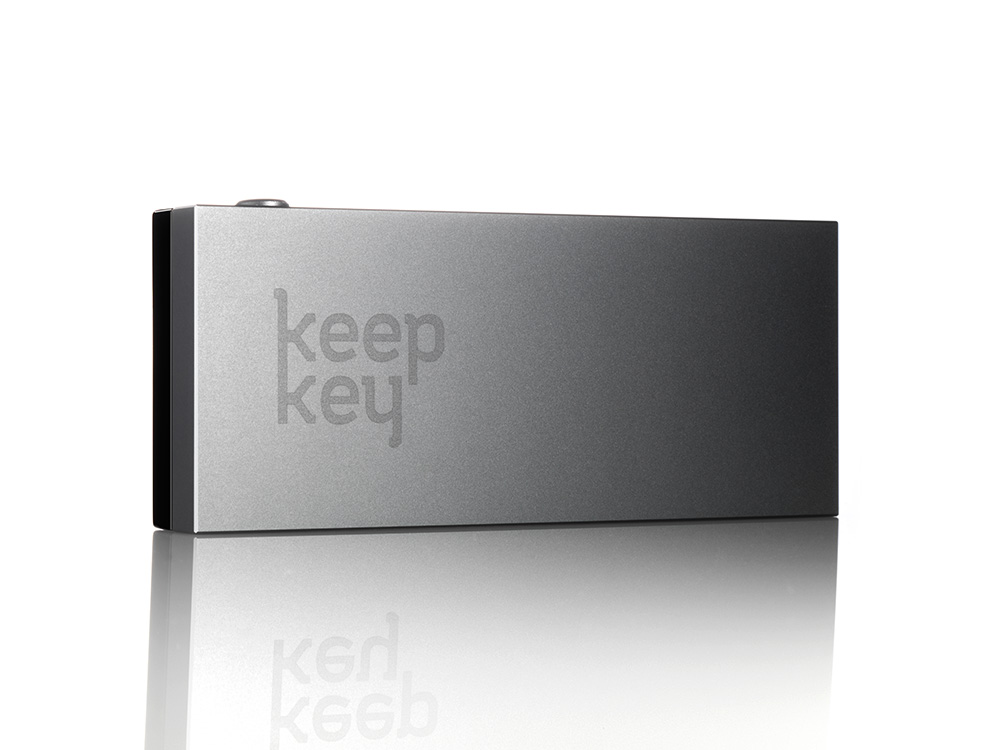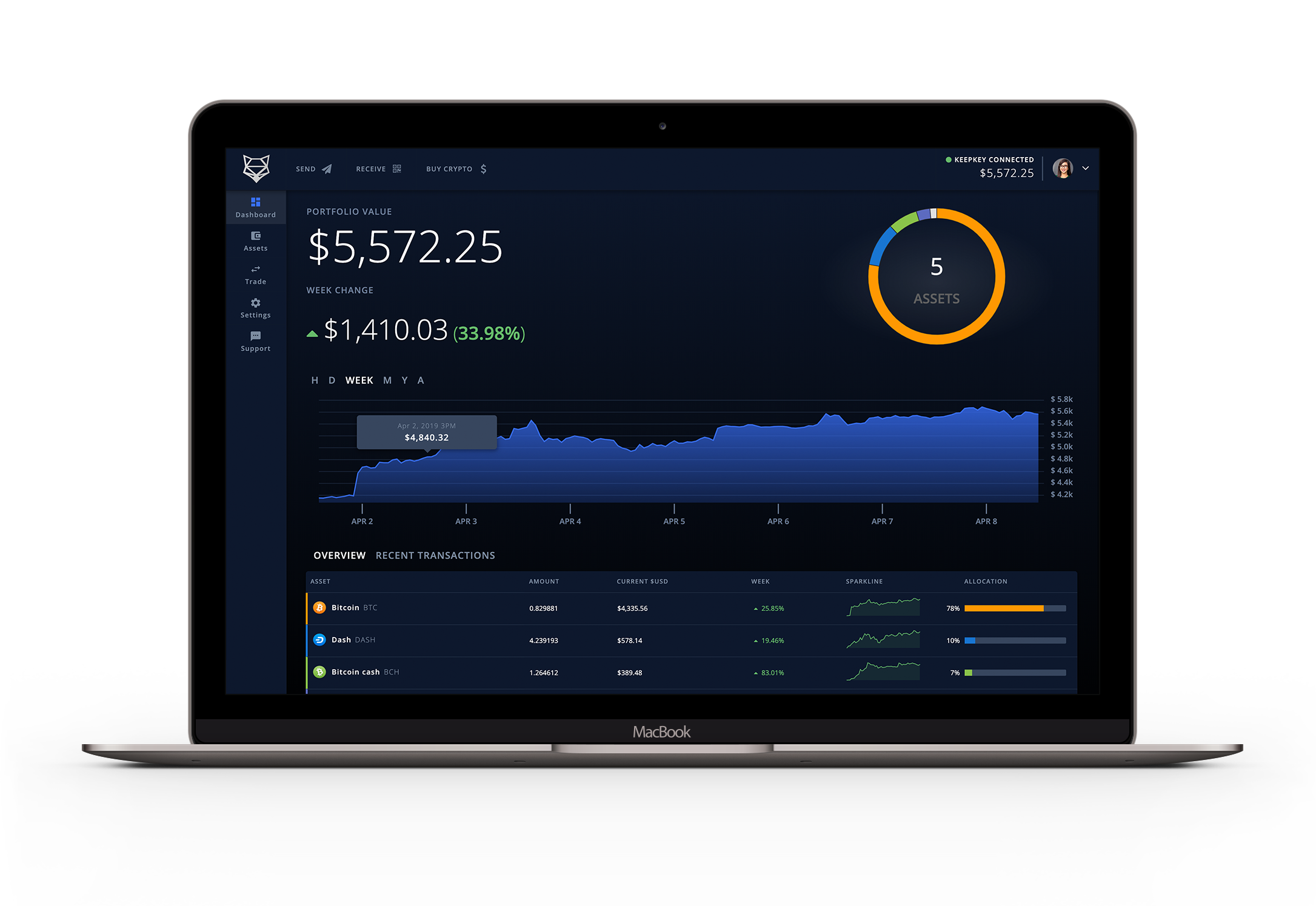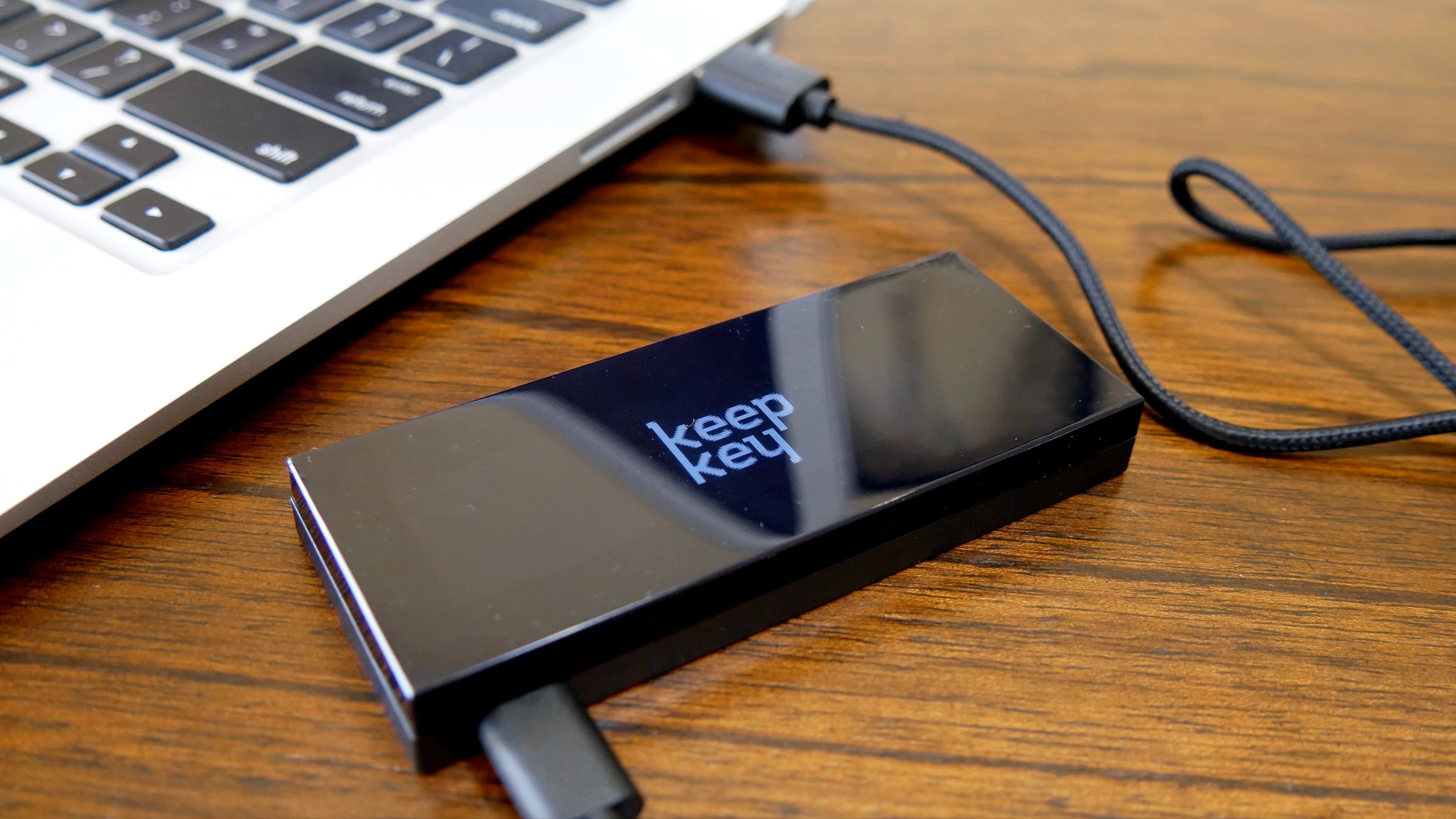Backup System Files Securely in Cloud using Sia Advanced Encryption Blockchain
The idea for a distributed blockchain storage system was originally conceived by David Vorick in the summer of 2013. A discussion with Luke Champine over email, resulted in the “Nimbus network” formally released by David at the HackMIT hackathon in September, with a presentation outlining the idea which was now called ‘Bytecoin”.
In
early 2014, the project was renamed “Sia”, after the Egyptian god of perception.
The
Sia project originally used a Proof of Storage consensus on hosts grouped into “quorums”,
that were jointly responsible for storing users’ files, however this model was
changed to the Proof of Work concept with code iteration based very closely to
Bitcoin, deviating only to improve its known deficiencies and to add the transaction
type that enables storage contracts. The genesis block was created on the 6th
June, 2015 at 10:13 EST.
How Sia Distributed Cloud Blockchain Storage Works
If you
are not familiar with Blockchain technologies, some concepts may be a bit
confusing to grasp or believe can be possible based on our experience of
traditional computing systems. The trick is to have an open mind and know that
advanced algorithms coupled with unlimited computing resources, can cause some interesting
things to happen.

At
upload, the Sia software divides files into 30 segments each targeted for
distribution to hosts across the world. File segments are created using the
Reed-Solomon erasure coding technology, commonly used in CDs and DVDs.
Sia uses
this technology to ensure files are divided redundantly, where any 10 of 30
segments can fully recover a user’s files, ensuring there is no single point of
failure on the Sia network. This feature means a Sia user can download their
files even if 20 out of 30 hosts go offline, representing a truly decentralized
and resilient backup system.
Two
types of users exist on Sia Blockchain; the renter and the hosts. Before files
leave a renter’s computer, each segment is encrypted using Twofish algorithm
which ensures that hosts only store encrypted segments of users’ data. This
model differs from traditional cloud storage providers like Amazon who do not
encrypt user data by default.
Renters
on the Sia blockchain essentially form file contracts with hosts, setting
pricing, uptime commitments, and other aspects of the relationship between
their hosts. No third parties are involved in these storage agreements as smart
contracts are automatically enforced by the Sia network.
How to Backup and Host Data on The Sia Blockchain Network
Unlike the traditional backup systems
with physical storage drives, both renters and hosts use a unique token called
Siacoin that operates the Sia blockchain network.
Renters use Siacoin to buy
storage capacity from hosts, while hosts deposit Siacoin into each file
contract as collateral. Any file contracts typically last for 90 days and
renewed within the expiry window, or unused Siacoins are returned to the renter
at the end of the contract period.
To ensure redundancy, Sia
automatically moves renter data to new hosts in the event individual hosts go offline,
ensuring renters have access to 100% of their data.
As you can imagine, the
process to start backing up files to Sia blockchain takes a few steps to first
set up your program, acquire the Siacoin, configure your wallets and then begin
the file upload process so let’s dig in;
Below are some pre-requisites to
acquire Siacoin
·
A smart phone with an active number to which
you have constant access
·
A valid e-mail address with constant access
·
A form of identity verification such as
Driver’s Licence or Passport
·
A valid bank account
·
A valid Visa debit card
·
A laptop or desktop computer with Notepad open to
record details
For this set up we can
acquire Siacoin from Cryptocurrency exchange Binance. If you are not
familiar with how to use cryptocurrency exchanges, you can create an account and
hit YouTube to learn how to buy digital currencies on Binance.
Ensure that all
sign up information is recorded and kept safe as well as setting up 2FA for
logins and withdrawals, to keep your account and assets safe.
Once your Siacoin is
purchased we can proceed with setting up the Sia UI program on your computer
and begin the configuration process.
1.Downloading Sia UI Application
Visit Sia website and download the latest
version of the Sia UI software available for Windows, MacOS and Linux.
After installation, which
is straight forward completes, spend some time to familiarize yourself with the
Sia UI interface. It is vital that you store your 25 pass phrase seed keys in a
safe and secure place, since this is the only way you can recover your account
in the event of a disaster.
You have the option to
change this password however to a simpler phrase to access the wallet. The long
phrase will still be required if you want to recover the wallet account on
another machine so keep it very safe. Sia will now sync the 6GB blockchain database
to your computer after a few hours.
To change your
password, click MORE in the Wallet interface and select change password.
2.Transferring Siacoins from Binance into Sia Wallet
At this point, I’m
assuming you already know your way around Binance, completed your 2FA and KYC to allow withdrawals from the exchange. You can purchase Siacoin using
BTC/SC pair and access your wallet to see the funds available. The number of
Sia coins you purchase depends entirely on your storage capacity requirements.
For this set up I’ve purchased 3,165 SC.
Find your Siacoin deposit address in Wallet
interface > Receive > Generate New Address. It is advised to generate a
new address for subsequent coin deposits.
You can now initiate the transfer of Siacoins
from your Binance wallet into your Sia UI wallet.
3.Setting
up Sia Storage Allowance
Click Setup Allowance to pop up the storage
configuration window as shown below. Notice 500 SC offers an estimated storage
of 830.36GB with contract fees of 146.48 SC.
Go ahead and tweak to your
required storage capacity. Currently Sia Network offers about 1.6 petabytes of
storage capacity running on hosted nodes worldwide.
Sia allocates funds in advance with tokens
locked for 3 months, which can be scaled up depending on user or organizations
requirements.
Give Sia some time to create the smart
contracts for file uploads. Contracts typically complete after 6 confirmations
as depicted below. Wait until all contracts are confirmed before beginning file
upload.
All status should go green to confirm contracts
created and ready to upload by accessing the Files interface. Sia handles file
uploads from local drives or externally attached drives via USB or NAS.
Bear in mind that all subfolders and files will be uploaded with the hierarchy structures intact, so you have the option to drill down and load up any folders you choose.
Files are then split into chunks for redundancy
and fired across the Sia blockchain network all around the world, with hosts
storing the files in an encrypted, tamper-proof format only accessible with the
private keys of the renter.
Backing up data with Sia represents an extremely
cost-effective storage, secured with AES encryption and performance/cost savings
of about 90%. To put it in perspective, 1TB storage capacity on Sia costs about
$2 a month compared to $23 for the same storage on an unencrypted Amazon S3
cloud bucket.
4.Setting
up to Become a Host on The Sia Blockchain Network
Sometimes in the crypto community,
Blockchain is sometimes described as the gift that keeps on giving. Probably because
of its numerous functional use cases and utility functionalities. Sia also
offers users to earn Siacoins by becoming nodes in the network, and offering
their unused HDD space to renters in return for income in the form of Siacoin
SC.
Becoming a node on the Sia network
requires you to have Sia coins in your wallet to create the storage contracts,
that later become your proof of work of storage to collect your earnings.
Add some storage to your host
account and flick the switch to announce your host.
Conclusion
This
write up is aimed at demonstrating some of the benefits and features of the Sia
Blockchain Network, how it works, how to acquire Sia coins and the process of
setting up your first backup job. Sia represents a top class defense against Ransomware Virus attacks.
Extensive
features and functions can be performed on the Sia network, such as mapping Sia
as a drive to your computer and uploading files to a cloud bucket. You may want
to bookmark this article and return later for updates.
If you
have any questions, drop them in the comment below or join the Reddit community
where developers and experts can help resolve any issues Reddit.com/r/siacoin/
We would
like to thank you for investing your time with us.

Did you find the content useful? Support the creators 
Bitcoin: 3GiVgAMs8eCSHPqCBqGi3xZ4dJMVsKLMFX
Ethereum: 0x6E688D73664260f800214214951389E9582DdaD3
Litecoin: MGd8n8XdGze2SZ9ZexB2mGoC7FHY23vgNG
Learn The Blockchain Technology
Bitcoin: 3GiVgAMs8eCSHPqCBqGi3xZ4dJMVsKLMFX
Ethereum: 0x6E688D73664260f800214214951389E9582DdaD3
Litecoin: MGd8n8XdGze2SZ9ZexB2mGoC7FHY23vgNG
Learn The Blockchain Technology
Credits to all organisations and development
teams at The Blockchain Foundation






























1 Comment:
I would like to thank you for the efforts you have made in writing this article. I am hoping the same best work from you in the future as well. In fact your creative writing abilities has inspired me to start my own Blog Engine blog now. Really the blogging is spreading its wings rapidly. Your write up is a fine example of it. PMP Certification
PMP Course
PMP Training
PMP Course in malaysia
PMP Training in malaysia
Post a Comment